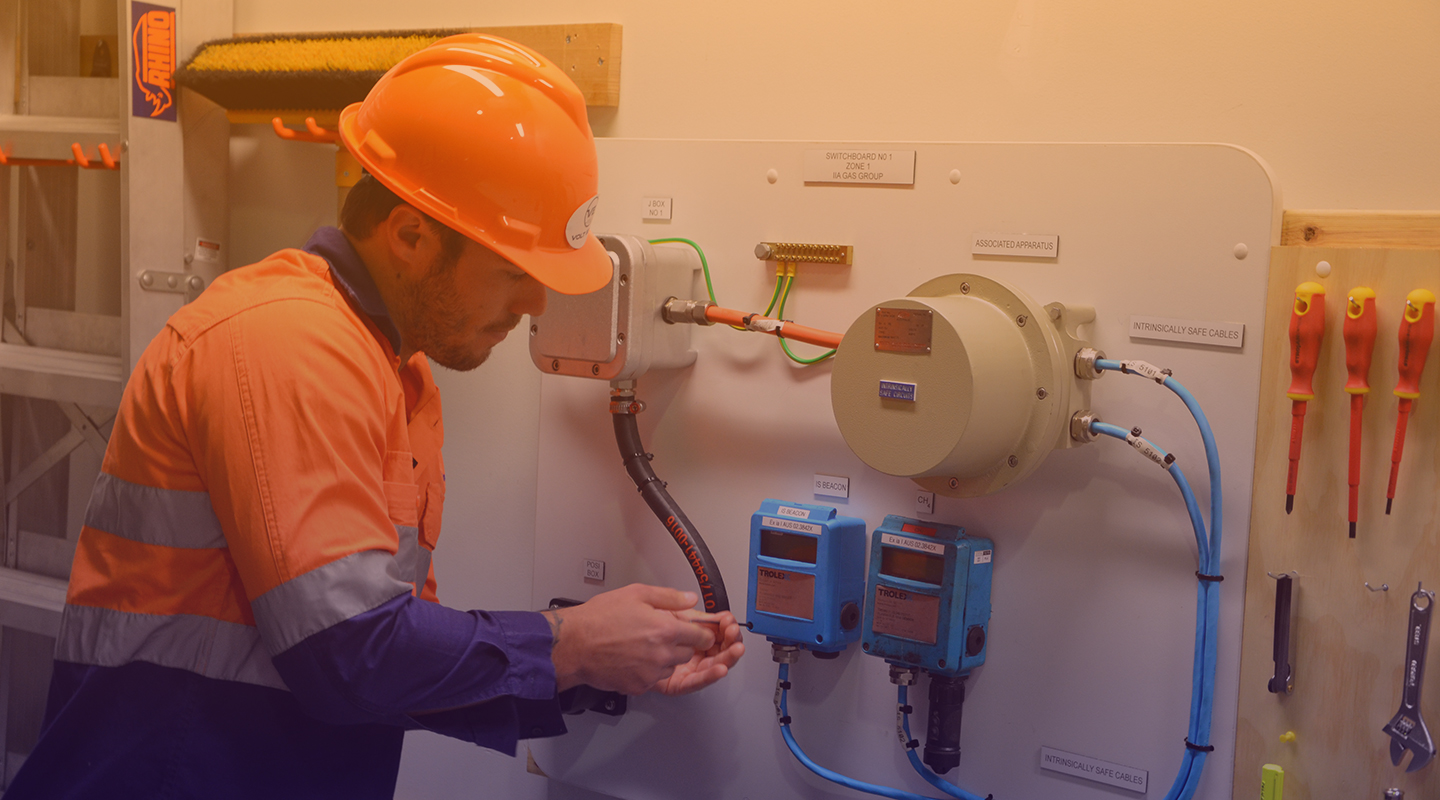Roar Solutions - Truths
Roar Solutions - Truths
Blog Article
The smart Trick of Roar Solutions That Nobody is Discussing
Table of ContentsThe 25-Second Trick For Roar SolutionsRoar Solutions Can Be Fun For AnyoneLittle Known Facts About Roar Solutions.
In order to shield installations from a possible surge an approach of analysing and categorizing a possibly unsafe location is needed. The function of this is to guarantee the proper selection and setup of equipment to ultimately stop an explosion and to make sure safety of life.
(https://leetcode.com/u/roarsolutions/)
No devices should be installed where the surface temperature of the tools is above the ignition temperature level of the provided hazard. Below are some common dust hazardous and their minimum ignition temperature. Coal Dirt 380C 225C Polythene 420C (thaws) Methyl Cellulose 420C 320C Starch 460C 435C Flour 490C 340C Sugar 490C 460C Grain Dirt 510C 300C Phenolic Material 530C > 450C Aluminium 590C > 450C PVC 700C > 450C Soot 810C 570C The possibility of the danger existing in a concentration high adequate to trigger an ignition will vary from place to place.
In order to identify this threat an installation is split right into locations of danger depending upon the quantity of time the dangerous exists. These locations are described as Areas. For gases and vapours and dusts and fibers there are three zones. Zone 0 Area 20 A dangerous environment is extremely likely to be present and might be existing for extended periods of time (> 1000 hours annually) or perhaps continually Zone 1 Area 21 A harmful atmosphere is possible yet unlikely to be existing for long durations of time (> 10 450 C [842 F] A category of T6 suggests the minimal ignition temperature level is > 85 C [185 F] Hazardous area electric equipment maybe created for usage in higher ambient temperature levels. This would certainly suggested on the score plate e.g. EExe II C T3 Ta + 60C( This implies at 60C ambient T3 will certainly not be exceeded) T1 T1, T2, T3, T4, T5, T6 T2 T2, T3, T4, T5, T6 T3 T3, T4, T5, T6 T4 T4, T5, T6 T5 T5, T6 T6 T6 A T Course ranking of T1 implies the optimum surface temperature generated by the tool at 40 C is 450 C. Presuming the connected T Class and Temperature ranking for the devices are appropriate for the area, you can always make use of a tool with a more rigid Division score than required for the area. There isn't a clear solution to this question. It truly does depend upon the sort of tools and what repairs require to be carried out. Devices with details test treatments that can't be executed in the area in order to achieve/maintain third event score. Have to return to the factory if it is prior to the equipment's service. Field Repair Work By Authorised Worker: Difficult screening might not be called for nevertheless specific procedures might need to be followed in order for the tools to preserve its 3rd celebration ranking. Authorized workers should be used to carry out the work properly Repair service have to be a like for like substitute. New element should be thought about as a direct substitute requiring no unique testing of the devices after the fixing is full. Each item of tools with a dangerous rating should be reviewed separately. These are laid out at a high level listed below, however, for more detailed details, please refer directly to the guidelines.
Top Guidelines Of Roar Solutions
The tools register is a detailed database of devices documents that includes a minimum set of areas to identify each thing's location, technological parameters, Ex-spouse category, age, and ecological information. This info is important for monitoring and managing the devices effectively within unsafe areas. On the other hand, for routine or RBI sampling examinations, the grade will certainly be a combination of Detailed and Close assessments. The proportion of Comprehensive to Shut evaluations will be established by the Tools Risk, which is analyzed based upon ignition risk (the possibility of a source of ignition versus the likelihood of a combustible environment )and the harmful area category
( Area 0, 1, or 2). This variation will certainly also influence the resourcing demands for work prep work. As soon as Whole lots are defined, you can develop sampling strategies based on the example size of each Lot, which refers to the number of random devices things to be evaluated. To determine the needed sample dimension, 2 facets need to be reviewed: the dimension of the Whole lot and the category of examination, which indicates the level of effort that ought to be used( decreased, regular, or boosted )to the examination of the Lot. By combining the category of examination with the Whole lot dimension, you can after that establish the ideal rejection standards for an example, implying the allowable number of faulty items located within that example. For more details on this procedure, please describe the Power Institute Guidelines. The IEC 60079 conventional suggests that the maximum period in between assessments must not exceed three years. EEHA examinations will certainly likewise be performed outside of RBI campaigns as component of scheduled upkeep and devices overhauls or repairs. These evaluations can be credited toward the RBI example sizes within the impacted Whole lots. EEHA assessments are performed to determine faults in electrical devices. A heavy scoring system is important, as a solitary item of equipment might have multiple mistakes, each with varying degrees of ignition danger. If the mixed score of both examinations is less than two times the fault score, the Lot is deemed appropriate. If the Great deal is still taken into consideration inappropriate, it must undergo a complete inspection or validation, which may activate stricter assessment methods. Accepted Great deal: The reasons of any mistakes are recognized. If an usual failure mode is discovered, added tools might call for maintenance. Faults are classified by extent( Safety and security, Stability, Home cleaning ), making sure that immediate concerns are evaluated and attended to immediately to reduce any type of influence on safety or operations. The EEHA database must track and tape the lifecycle of mistakes in addition to the corrective activities taken. Executing a robust Risk-Based Examination( RBI )technique is essential for guaranteeing compliance and security in handling Electrical Devices in Hazardous Locations( EEHA) (Roar Solutions). Automated Fault Scoring and Lifecycle Administration: Easily take care of mistakes and track their lifecycle to boost inspection accuracy. The intro of this assistance for risk-based assessment additionally enhances Inspectivity's setting as a best-in-class option for regulative compliance, along with for any kind of asset-centric examination use situation. If you want discovering more, we invite you to ask for a demonstration and discover how our service can change your EEHA administration procedures.
The 3-Minute Rule for Roar Solutions

In terms of explosive danger, an unsafe area is a setting in which an explosive environment is existing (or may be anticipated to be present) in quantities that need special preventative measures for the building and construction, installation and use of devices. Roar Training Solutions. In this article we explore the obstacles faced in the office, the risk control actions, and the called for expertises to function securely
It is a repercussion of contemporary life that we make, keep or take care of a series of gases or liquids that are deemed combustible, and a variety of dusts that are considered flammable. These materials can, in specific problems, form explosive ambiences and these can have major and awful repercussions. Many of us are acquainted with the fire triangular remove any kind of among the 3 components and the fire can not take place, yet what does this mean in the context of dangerous locations? When damaging this down right into its most basic terms it is basically: a combination of a specific quantity of release or leak of a certain substance or material, blending with ambient oxygen, and the existence of a resource of ignition.
In most instances, we can do little regarding the levels of oxygen in the air, however we can have significant influence on sources of ignition, as an example electric tools. Hazardous locations are recorded on the harmful additional hints location classification drawing and are determined on-site by the triangular "EX LOVER" indication. Here, amongst other key info, areas are split into three types depending on the risk, the possibility and duration that an eruptive ambience will certainly exist; Zone 0 or 20 is deemed the most dangerous and Zone 2 or 22 is deemed the least.
Report this page